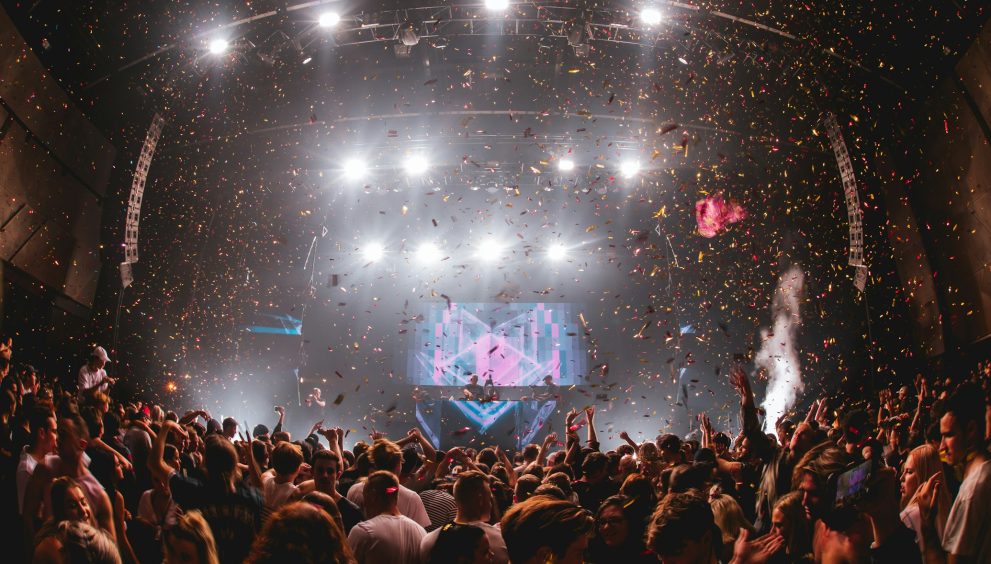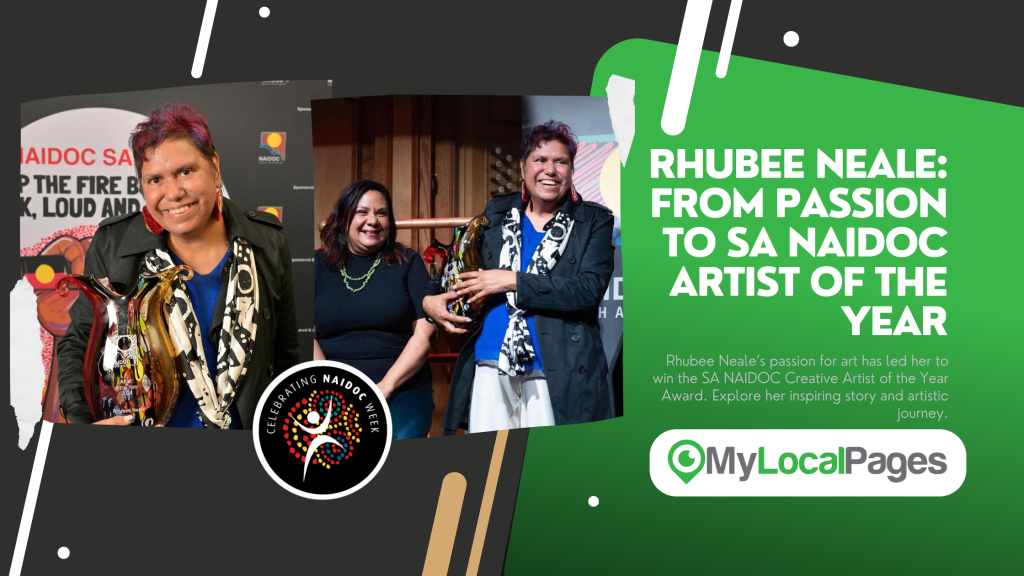Rockin’ Oz: How Music Fests Grew Up Down Under?

From humble beginnings to stadium-fillers, music festivals have become a cornerstone of Australian culture. From sun-drenched fields to vibrant cityscapes, these events bring people together to celebrate music, community, and the laid-back Aussie spirit. But how did these mega-parties evolve from their grassroots origins? Buckle up, music lovers, as we delve into the fascinating history of music festivals in Australia!
Early Days: Folk Revivals and Open-Air Gatherings
The story of Aussie music festivals starts in the 1950s with folk revivals. Events like the National Folk Festival (est. 1957) and the Port Fairy Folk Festival (est. 1977) provided platforms for traditional music and fostered a sense of community. Soon, open-air rock concerts like the Sunbury Pop Festival (1968-1972) emerged, showcasing local and international talent like AC/DC and The Who, attracting thousands of music fans seeking a countercultural experience.
The 70s Boom: Woodstock Down Under and Beyond
The 1970s saw a surge in festival popularity. Inspired by Woodstock, events like the Wah Wah Festival (1972) and the Tamannajah Rock Music Festival (1973) offered multi-day experiences with camping, diverse music genres, and a focus on social and environmental awareness. These festivals cemented the “festival lifestyle” in Australia, characterized by community spirit, artistic expression, and a love for the outdoors.
The 80s and 90s: Diversification and Commercialization
The 80s and 90s witnessed further diversification, with festivals like Big Day Out (1992-2014) catering to alternative and rock audiences, while Falls Festival (est. 1993) offered a mix of indie, electronic, and hip-hop acts. Commercialization also increased, with sponsorships and larger venues attracting international headliners. This era saw the rise of iconic festivals like Splendour in the Grass (est. 1999) and St Jerome’s Laneway Festival (est. 2004), which continue to shape the music festival landscape today.
The 21st Century: Globalization and Genre Explosion
The 21st century has seen Australian festivals go global, attracting international tourists and showcasing local talent worldwide. The Ultra Music Festival (est. 1999) brought electronic music to the forefront, while Download Festival (est. 2008) caters to heavy metal fans. Boutique festivals like Field Day (est. 2009) and Dark MOFO (est. 2003) offer curated experiences focusing on specific genres and artistic expression.
Beyond the Music: The Impact of Music Festivals
Music festivals are more than just concerts; they’re economic drivers, tourist attractions, and platforms for social change. They generate millions in revenue, create jobs, and boost local economies. Festivals also promote cultural exchange, showcase emerging artists, and raise awareness for important social and environmental issues.
Looking ahead, the future of Australian music festivals seems bright. With evolving technology, diverse programming, and a commitment to sustainability, these events promise to continue bringing people together to celebrate music, community, and the unique spirit of the Australian way of life.
Ready to rock out? Here are some resources to plan your next Aussie festival adventure:
- Music Australia: https://www.amtf.org.au/
- Festivals Australia: https://www.arts.gov.au/funding-and-support/festivals-australia
- The Music Network: https://themusicnetwork.com/
So, what are you waiting for? Grab your mates, pack your sunscreen, and get ready to experience the magic of Australian music festivals!












